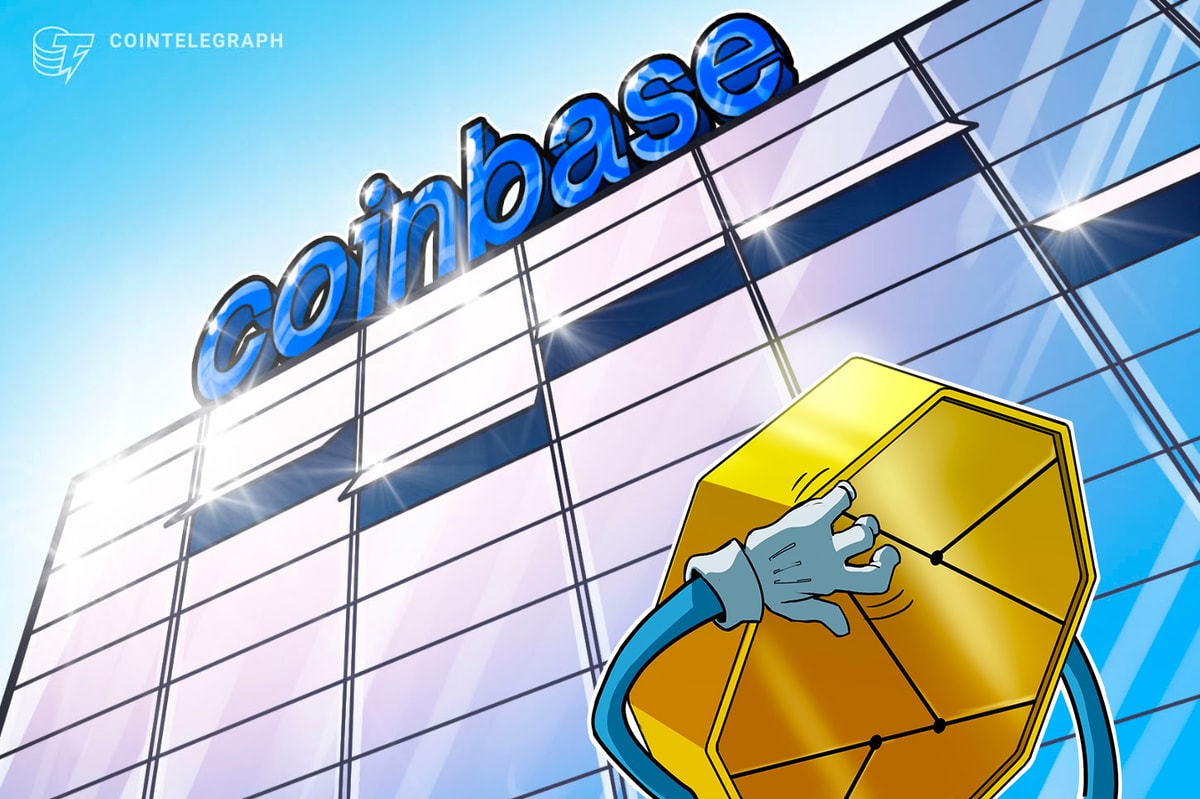Despite the hype, Web3 remains a work in progress. The establishment of digital assets as an asset class is a major step that has been evolving for a decade. The fact that some estimations show 320 million people globally own digital assets has gotten us where we are — Web 2.5. However, today’s nascent, blockchain-enabled internet remains under construction. Additional developments are required before we can truly cross the chasm to Web3.
NFT domain wallets
An overarching pain point of Web2.5 is poor user experience (UX). Alphanumeric streams used for wallet IDs are a complexity that needs to evolve. Individual NFT domain wallets solve this by making wallet addresses as user-friendly as email addresses. In this vein, Unstoppable Domains (UD) and Ethereum Naming Service (ENS) play a critical role in improving the currently clunky UX into a viable domain for the general internet population.
UD provides an NFT protocol that allows users to create human-readable URLs to replace complicated addresses. UD extensions include: x, .crypto, .dao and .blockchain. Meanwhile, ENS provides a similar protocol, except that it is exclusive to .eth domains via a decentralized platform. UD is a centralized platform that offers consumers a perpetual NFT domain for a one-time fee, while ENS domains must be renewed. NFT domain wallet protocols are not a winner-takes-all situation if you consider people using multiple email addresses.
Globally, there were nearly 28.6 million NFT wallet addresses to close out 2021. As we’ve seen from the dot-com era, technological adoption can continue despite financial headwinds. The blockchain genie is out of the bottle and the technology cannot be uninvented. NFT domain wallets will go mainstream as individual consumers look to obtain their slice of the next internet.
Connectivity is key to Web3
We’ll know we are close to crossing the chasm when people connect their wallets instead of logging in to platforms such as Google, Meta and Twitter. In the not-so-distant future, digital wallets will be on par with email addresses. The ability to sign in via a wallet is a transformational shift from today’s email and login credentials. Password fatigue is a real thing and many consumers are leery of what happens to their email once it is shared. In Web3, connecting your Metamask, for example, to your favorite website may be the norm. An iconic old-school periodical such as Time Inc. is already leaning into this wallet sign-in scenario.
In addition to consumer benefits, digital wallets will revolutionize digital marketing and analytics for brands. Wallets as IDs will enable what cookies do but in a more consumer-friendly way. Instead of data harvesting and “advertising surveillance,” brands will be able to improve personalized messaging, minus sleight-of-hand tactics.
Participation can be driven by compensation
The average consumer is just beginning to understand the role they play in the greater data economy, including the value they create through online activity. To date, Big Tech has largely forced consumers to opt in through freemium platforms, capturing virtually all of the economic value created. This is particularly evident in the over $600 billion digital ad industry that is dominated by a few key players.
However, the digital tide is turning as opt-in blockchain-based platforms enable value exchange in new ways. Instead of being productized without choice, consumers will dictate how and by whom their data is analyzed and monetized. Micropayments in the form of crypto are the ideal tool for rewarding consumers for opting in. As education accelerates, data harvesting could transition to data sharing. Many consumers who were previously in the dark will have the opportunity to participate in the upside of platforms in the Web3 data economy.
Values and talent migration will accelerate Web3 development
The values of data sovereignty, ownership, fair value exchange, trust and transparency are attracting the best and brightest to Web3 companies. As more real-use cases emerge via innovative technology and improved UX, additional talent will migrate to Web3. Despite strong compensation, key talent is leaving big tech to help build the consumer-centric internet.
Now is the time for blockchain-based projects with utility and funding to make talent acquisition moves, with a variety of large tech companies cutting talent.
That said, Web3 companies seeking to attract talent need to balance passion and pie-in-the-sky visions with sound business logic to demonstrate the value and impact of decentralized solutions, assuring prospective employees that the Web3 space is not a fad, but rather a truly evolutionary development.
Case studies from iconic brands and business leaders that prove use cases and business models could accelerate the pace of innovation and signal to those on the sidelines that Web3 represents an incredible opportunity — a wave of digital transformation setting the stage for decades to come.
Although many will move from one Web2 lily pad to another as it is perceived to be less risky, there will be others who embrace the idea of being part of something bigger, such as the Web3 movement — a combination of people, ethos and technological innovation. For now, the Web3 bridge remains under construction.
Combining the ubiquity of NFT domains as email addresses, ease of connectivity and talent migration — it is not as much a matter of if, but likely when, the bridge will be completed. For anyone who has been in this industry for more than a few years, things tend to happen slowly, then all at once.
Charlie Silver is the founder and executive chairman of Permission.io.
This article was published through Cointelegraph Innovation Circle, a vetted organization of senior executives and experts in the blockchain technology industry who are building the future through the power of connections, collaboration and thought leadership. Opinions expressed do not necessarily reflect those of Cointelegraph.
Learn more about Cointelegraph Innovation Circle and see if you qualify to join











